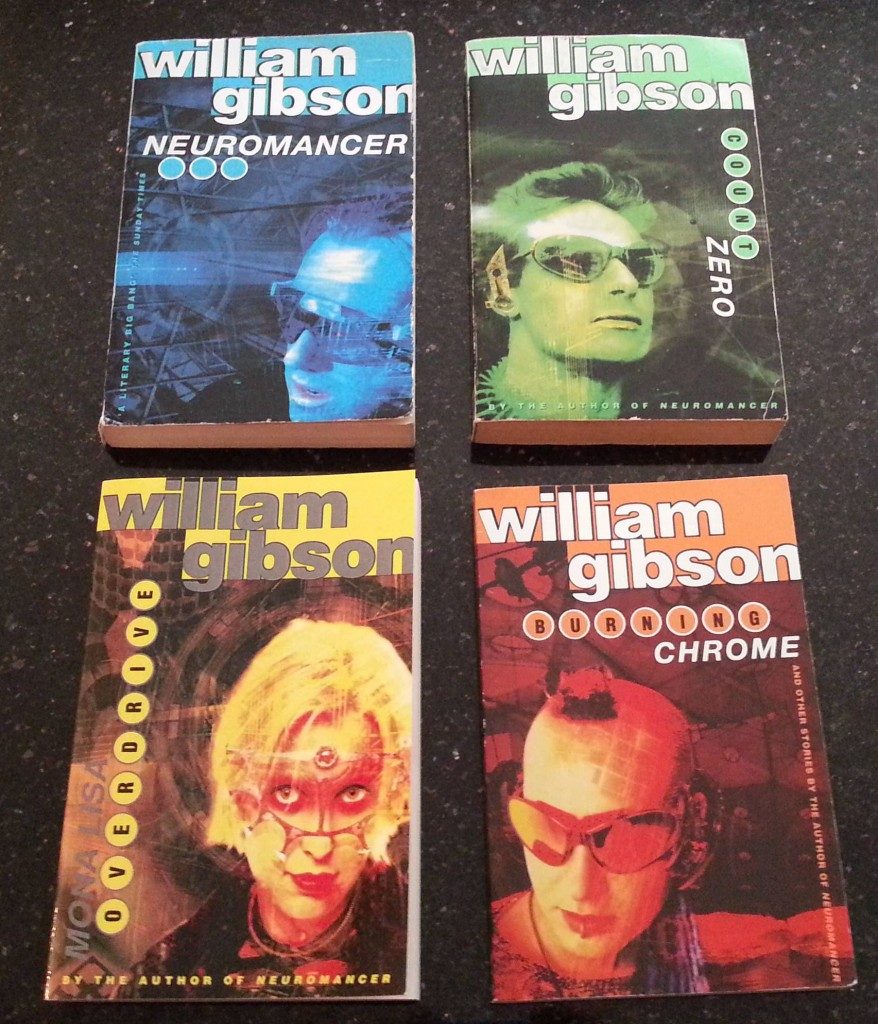
A ‘Sprawl’ trilogy retrospective
By Duncan Fingarson, Senior Columnist
It’s not often that a single series can be called genre-defining, but that’s William Gibson’s Sprawl trilogy for you. Though not the first to use the name, these books best gave a face to cyberpunk, a brand of science fiction focused on the very dystopian near-future. Here, technology blazes ahead, access to data is endless, and cybernetic modification pushes the limits of human capability.
The three Sprawl novels are a trilogy in the loosest sort of sense; the plots are vaguely related to each other, and the same characters sometimes reappear, but for the most part each is self-contained. The first is Neuromancer. ’This is the most straightforward of the three novels, a pure heist story with only one protagonist. Case is a hacker, hired for one last job by a man called Armitage. The Straylight run takes him from the slums of Chiba to Istanbul to high Earth orbit, trying to get the job done and find some answers before time runs out. Count Zero is more complex. The book is s about Turner, a professional mercenary hired to help a scientist escape from his current company to go work for a different one. No wait, it’s about Marly, a disgraced Paris gallery owner hired by one of the world’s richest men to track down the artist responsible for a curious set of boxes. Actually, it’s about Bobby, a wannabe hacker from New Jersey who gets pulled in over his head after he’s caught with a stolen computer program. In reality, it’s about all three, and the way that their seemingly unrelated plot threads start weaving together. Mona Lisa Overdrive follows a similar structure to Count Zero. Characters who don’t appear to have anything to do with each other end up interacting, and unrelated events turn out to be related after all. Characters from both the first and second books return, alongside a couple of new faces. The ultimate ending leaves a lot of questions unanswered, but ties up just enough to feel complete.
To me, these are unquestionably good books. The style is short and conversational; the action is rapid fire. There are a lot of things left unsaid, though, and a lot of questions that never get answered. If you like everything to end tied up in a neat little bow, you won’t find that here. If you like happy endings, well, that’s debatable too.
Of course, most of the important stuff gets dealt with, and problems tend to get solved, but you’re likely to end with a head full of questions. If you’re okay with that, give these a shot. If you like speculative science fiction, that’s a good sign: give these a shot. If you’ve ever seen Blade Runner, or played Deus Ex, and thought to yourself “That was great, I want more stories like that,” well, you know what to do.

